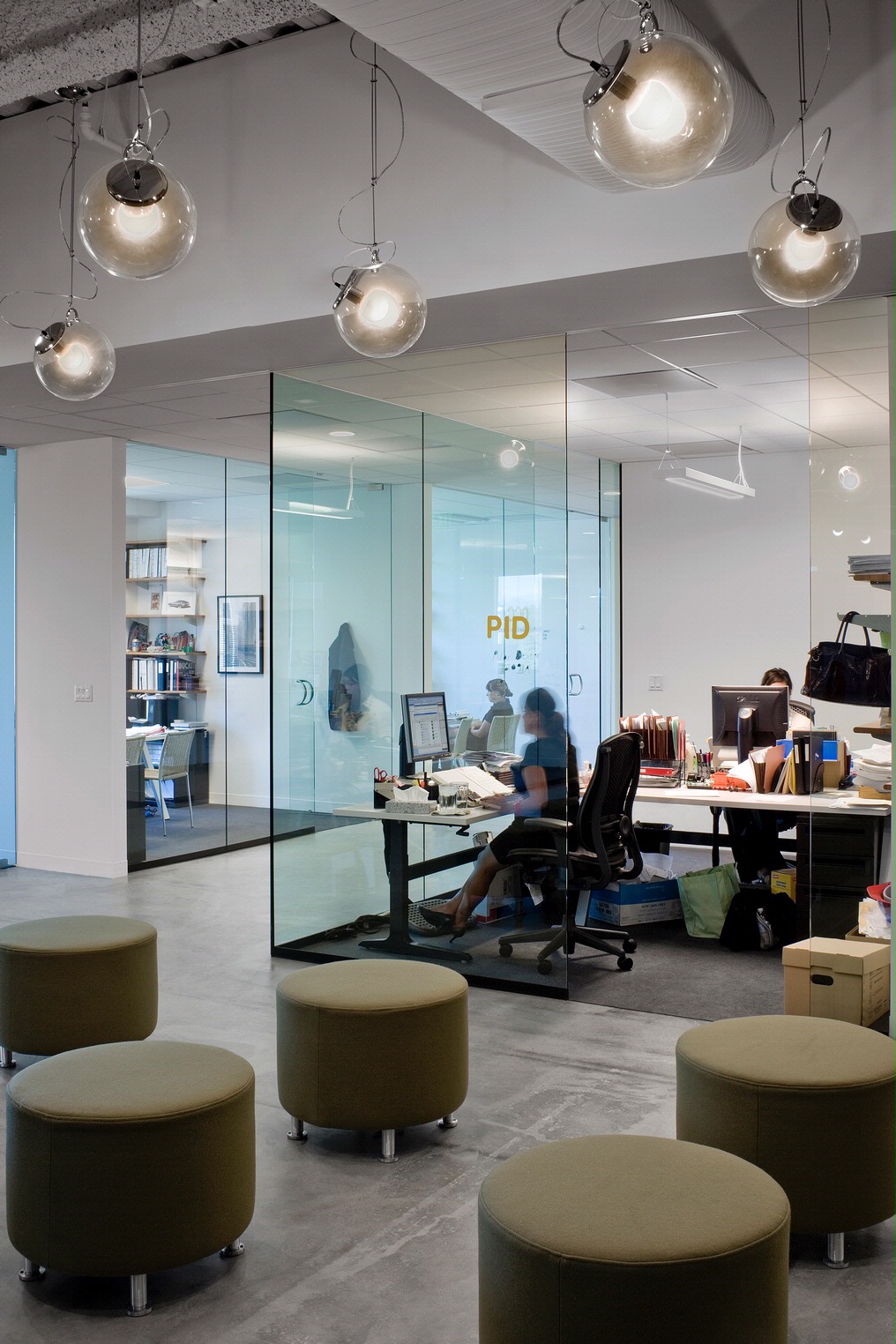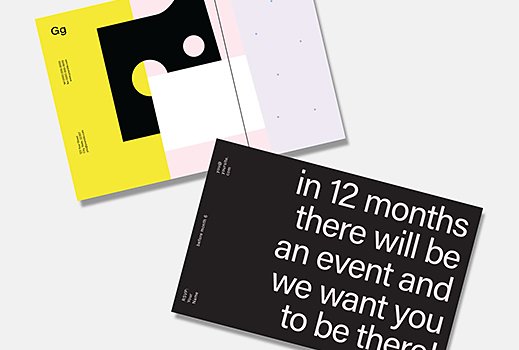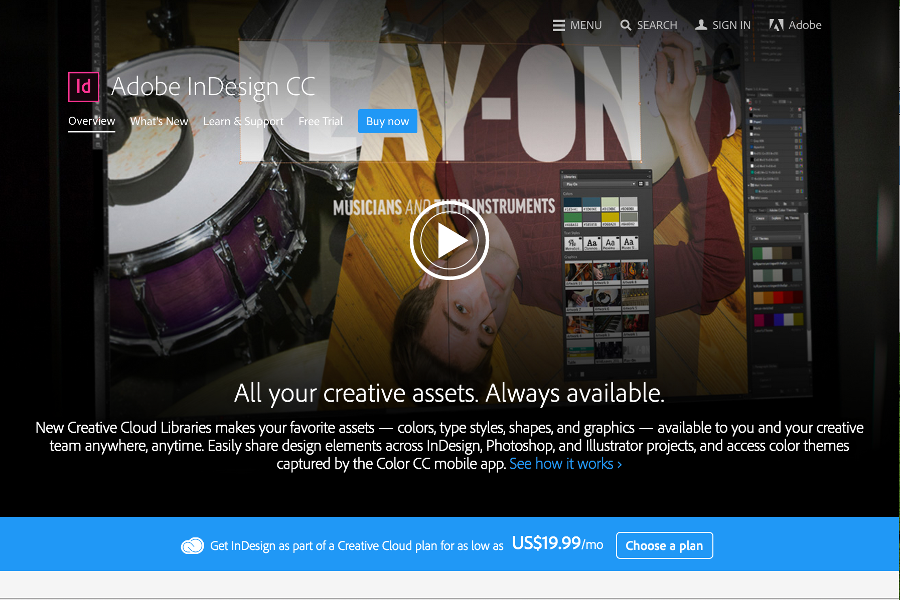Adobe InDesign Tutorial: Working with graphics in InDesign. Graphics are an integral part of page design, and InDesign puts you in control of cropping, sizing, borders, and effects, thus controlling the appearance of images in your layout. You can place a wide variety of graphic types into your layouts, including PDF, TIFF, JPEG, and EPS. Adobe InDesign is the industry-leading layout and page design software for print and digital media. Create beautiful graphic designs with typography from the world’s top foundries and imagery from Adobe Stock. Quickly share content and feedback in PDF. Easily manage production with Adobe Experience Manager. Adobe InDesign is the industry-leading layout and page design software. Create beautiful graphic designs with typography from the world՚s top foundries and imagery from Adobe Stock. Quickly share content and feedback in PDF. Easily manage production with Adobe Experience Manager. InDesign has everything you need to create and publish books, digital magazines, eBooks, posters, interactive PDFs, and more. Apr 06, 2021 InDesign is used to create flyers, brochures, magazines, newspapers, posters, business cards, postcards, stickers, comics, and many other types of documents or visual communication. InDesign is an industry-standard for publishing design and is used by graphics and marketing professionals.

InDesigncan import a wide range of graphics file formats. Consult with the serviceproviders who will help you produce your document to clarify which formatsto use. You can then plan your document around those formats andthe options that best apply to your project.
The following table summarizes what graphics formats would workbest for the kind of document you’re designing.

Final output | Graphics type | Format |
|---|---|---|
High resolution (>1000dpi) | Vector drawings | Illustrator, EPS, PDF |
Bitmap images | Photoshop, TIFF, EPS, PDF | |
Process-color separations | Vector drawings | Illustrator, EPS, PDF |
Color bitmap images | Photoshop, CMYK TIFF, DCS, EPS, PDF | |
Color-managed graphics | Illustrator, Photoshop, RGB TIFF, RGB EPS,PDF | |
Low-resolution printing, or PDF for onlineviewing | All | Any (BMP images only) |
Web | All | Any (InDesign converts graphics to JPEGand GIF when exporting to HTML) |
Vectorgraphics (sometimes called vector shapes or vectorobjects) are made up of lines and curves definedby mathematical objects called vectors, which describe animage according to its geometric characteristics.
You can freely move or modify vector graphics without losingdetail or clarity, because they are resolution-independent—theymaintain crisp edges when resized, printed to a PostScript printer,saved in a PDF file, or imported into a vector-based graphics application.As a result, vector graphics are the best choice for artwork, suchas logos, that will be used at various sizes and in various output media.
The vector objects you create using the drawing and shape toolsin Adobe Creative Suite are examples of vectorgraphics. You can use the Copy and Paste commands to duplicate vectorgraphics betweenCreative Suite components.
Bitmapimages—technically called raster images—use a rectangulargrid of picture elements (pixels) to represent images. Each pixelis assigned a specific location and color value. When working withbitmap images, you edit pixels rather than objects or shapes. Bitmapimages are the most common electronic medium for continuous-toneimages, such as photographs or digital paintings, because they canmore efficiently represent subtle gradations of shades and color.


Bitmap images are resolution-dependent—that is, they containa fixed number of pixels. As a result, they can lose detail andappear jagged if they are scaled to high magnifications on‑screenor if they are printed at a lower resolution than they were createdfor.
Bitmap images sometimes require large amounts of storage space,and often need to be compressed to keep file sizes down when usedin certain Creative Suite components. Forinstance, you compress an image file in its original applicationbefore you import it into a layout.
Note:
In Adobe Illustrator, you can create bitmap effects in yourartwork using effects and graphic styles.
Bitmap images contain a fixed number of pixels,usually measured in pixels per inch (ppi). An image with a highresolution contains more, and therefore smaller, pixels than animage of the same printed dimensions with a low resolution. For example,a 1‑inch‑by‑1‑inch image with a resolution of 72 ppicontains a total of 5184 pixels (72 pixels wide x 72 pixels high= 5184). The same 1‑inch‑by‑1‑inch image with a resolution of 300 ppiwould contain a total of 90,000 pixels.
For imported bitmapimages, image resolution is determined by the source file. For bitmapeffects, you can specify a custom resolution. To determine the image resolutionto use, consider the medium of final distribution for the image.The following guidelines can help you determine your requirementsfor image resolution:
Adobe For Graphic Design
Commercialprinting requires 150 to 300 ppi (or more) images, dependingon the press (dpi) and screen frequency (lpi) you’re using; alwaysconsult your prepress service provider before making production decisions.Because commercial printing requires large, high-resolution images, whichtake more time to display while you’re working with them, you maywant to use low-resolution versions for layout and then replacethem with high-resolution versions at print time.
In Illustratorand InDesign, you can work with low resolution versions by using theLinks panel. In InDesign you can choose either Typical or Fast Displayfrom the View > Display Performance menu; in Illustratoryou can choose View > Outline. Alternatively, if yourservice provider supports Open Prepress Interface (OPI), they mayprovide low-resolution images to you.
Adobe Indesign Graphic Design Free
Desktop printing usually requires images within the rangeof 72 ppi (for photographs printed on a 300 ppi printer)to 150 ppi (for photographs printed on devices up to 1000 ppi).For line art (1‑bit images), make sure that the resolution of yourgraphics matches the resolution of the printer.

Graphic Design Free
Becauseonline publishing generally requires images with pixel dimensionsthat fit the intended monitor, the images are usually less than 500pixels wide and 400 pixels tall, to leave room for browser windowcontrols or such layout elements as captions. Creating an originalimage at screen resolution—96 ppi for Windows–based images,and 72 ppi for Mac OS–based images—lets you seethe image as it will likely appear when viewed from a typical webbrowser. When you’re publishing online, the only times you’re likely toneed resolutions above those ranges are when you want viewers tobe able to zoom in for more detail in a PDF document, or when you’reproducing a document for printing on demand.
